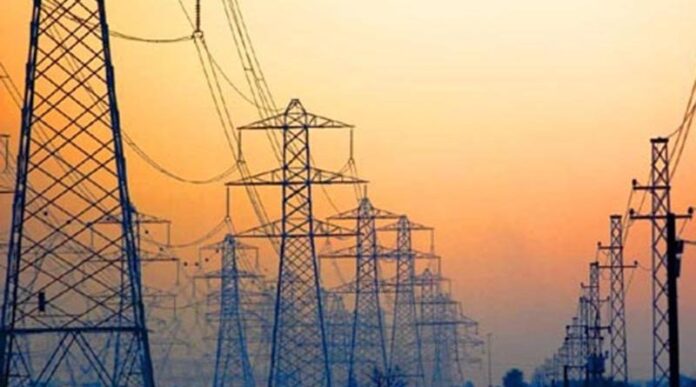The Former chairman of SECP Mohammad Ali conducted a nine-member committee that decided to retire 16 out of 17 IPPs who invested a collective amount of Rs. 50.80 billion, have so far earned a profit in excess of Rs. 415 billion, having taken out extras in addition to Rs. 310 billion.
As per the report, most of these IPPs had an investment with a payback period of 2-4 years, and the profits generated were as high as 18.26 times the investment and dividends taken out as high as 22 times the investment. Six firms earned an average annual return on equity (RoE) of 60% to 79%, and four firms earned RoE of about 40%. For every other sector, such profits are probably unheard of, particularly with such low-risk rates and government assured payments.
The report also suggested the government to change the base tariff for IPPs from US dollars to Pak rupee and finishing contracts for ‘take or pay’ and beginning the push for contracts for take-over and payment. It also says that the government needs to consider the retirement of GENCOs, as well as IPPs formed under the power policies of 1994 and 2002.
On the risk of circular debt in the power sector, it also called for one-time incorporation of circular debt stock into public debt, ensuring that it is connected to a quantifiable and accountability mechanism whereby potential savings due to reduced generation costs and other steps outlined in this report are used to repay the one-time payment.
As per the report, 13 residual fuel oil (RFO) and gas-based plants with a combined capacity of 2.934 MW were built under the 2002 power policy and during the last 8-9 years of operation, these companies have received Rs203 billion profits against their combined Rs57.81 billion investment. Even after adjusting for the debt portion to achieve real profitability, the company still received Rs152 billion in income and paid dividends to the tune of Rs. 111 billion.
The study highlighted that the individual profitability of these companies also differs, with some showing a much higher profit-to-investment ratio than others, with the average RoE as high as 87%, earnings about 9 times and dividends up to about 7 times their investment.
The effectiveness of two imported coal-based plants developed under the power policy of 2015 indicates that one of them has already recovered 71% of investment in only two years of operations and the other plant has already recovered 32% of its investment in the first year. The plants have been offered a USD internal rate of return (IRR) of 17 percent, which works out to USD RoE of 27 percent. Due to rupee devaluation against the US dollar in the last two years, their Rupee RoE today stands at 43%.
The report also states the powerhouses had shown their true-up costs with an additional increase of Rs. 2-15 billion to manage the higher tariff from the National Electric Power Regulatory Authority. And more importantly, the cost of coal-based power plants was artificially increased by Rs30 billion. However, apart from NEPRA, other relevant institutions did not get verified the cost of the power plants independently through any third party.
Furthermore, the power purchase contracts with entrepreneurs of powerhouses were inked on ‘take or pay’ basis under which the government has paid billions of rupees in the head of capacity payments even in case powerhouses are non-operational or the electricity demand is reduced. In the ongoing financial year, the government has to pay Rs.900 billion to powerhouses in the shape of capacity payments whereas the government will have to pay Rs. 1,500 billion in 2025.
Powerhouses precisely utilize less fuel and earn more profit which is unjustifiable, added the report.



